From September 21, 2024 to March 30, 2025, Palazzo Albergati in Bologna will host a major anthological exhibition dedicated to Antonio Ligabue. The exhibition entitled Antonio Ligabue. The major exhibition, curated by Francesco Negri and Francesca Villanti, produced and organized by Arthemisia in collaboration with the Municipality of Gualtieri and the Antonio Ligabue Museum Foundation, under the patronage of the Municipality of Bologna, recounts the life and work of a man who made his art the redemption of his very existence.
On display are more than 100 works including oils, drawings and sculptures, depicting landscapes, fairs, scenes of daily life and numerous self-portraits.
With his troubled life and viscerally bound to the natural and animal world, Ligabue succeeded in imprinting his creative genius on canvas. Self-taught, marked by a life of marginalization, he managed to represent nature and the animal world with unparalleled expressive power. Appreciated and understood by leading critics and scholars in the last years of his existence, he then fell into oblivion after his passing. Considered simplistically as a naïve painter-a definition that ended up diminishing his real artistic value, leading to his not being properly considered-for a long time, Ligabue remained in the shadows, a niche figure known only to a few enthusiasts, unjustly neglected by the major art circuits. Only in recent decades, thanks to a renewed interest on the part of critics and institutions, has his value as an authentic and original artist been fully understood.
The exhibition at Palazzo Albergati therefore intends to tell the story of the man and the artist by enhancing both his exceptional artistic talent and his rich interiority and out-of-the-ordinary personality.
The exhibition follows a chronological path, divided into three key periods of Ligabue’s production: the first (1927-1939), marked by soft colors and themes related to rural life; the second (1939-1952) marked by the discovery of fat, full-bodied matter and an analytical refinement of the entire representation; and the third (1952-1962), the most prolific period, in which the artist developed a vigorous and continuous sign, producing numerous self-portraits that reflected his moods.
Alongside the more than one hundred masterpieces, many of them previously unpublished such as Lynx in the Forest (1957-1958), twenty pencil drawings on drawing paper (1961-1962), and several quality works not exhibited for very many years such as Circus in theoutdoors (1955-1956), Swiss Castles (1958-1959), Crucifixion (1955-1956) and a very rare wax, pencil and India ink pastel on paper Leopardo e antelope e indigeno (1953-1954).Also defining Ligabue’s figure is an excerpt from Giorgio Diritti ’s film Volevo nascondermi (I Wanted to Hide) starring Elio Germano as Ligabue, released in 2020 after Salvatore Nocita’s 1977 RAI screenplay starring Flavio Bucci.
Also on display for the first time are a complete album of drawings that Ligabue made while staying in the last period of his life at the “La Croce Bianca” inn (run by the family of the famous Cesarina, the platonic love of his life), lost for years and recently rediscovered, and some of the fairs kept at the Lazzaro Spallanzani Museum of the Civic Museums of Reggio Emilia, the very ones that Ligabue himself observed for hours inside the museum, accompanied by his friend Sergio Negri. Fairs that Ligabue did not have a chance to see and get to know in person except on these visits, which he carefully studied and then portrayed in his canvases, now being compared for the first time. Also on display is a recently discovered album of Liebig figurines from 1954, which Ligabue used to consult and from which he took inspiration for the depiction of various animals in his works.
The catalog is published by Moebius and is enriched by two original contributions: an essay by director Giorgio Diritti, which offers a cinematic perspective, and an analysis by Francesca Romana Morelli on the relationship between Ligabue and Renato Marino Mazzacurati.
For info: www.palazzoalbergati.com
Hours: Daily from 10 a.m. to 8 p.m.
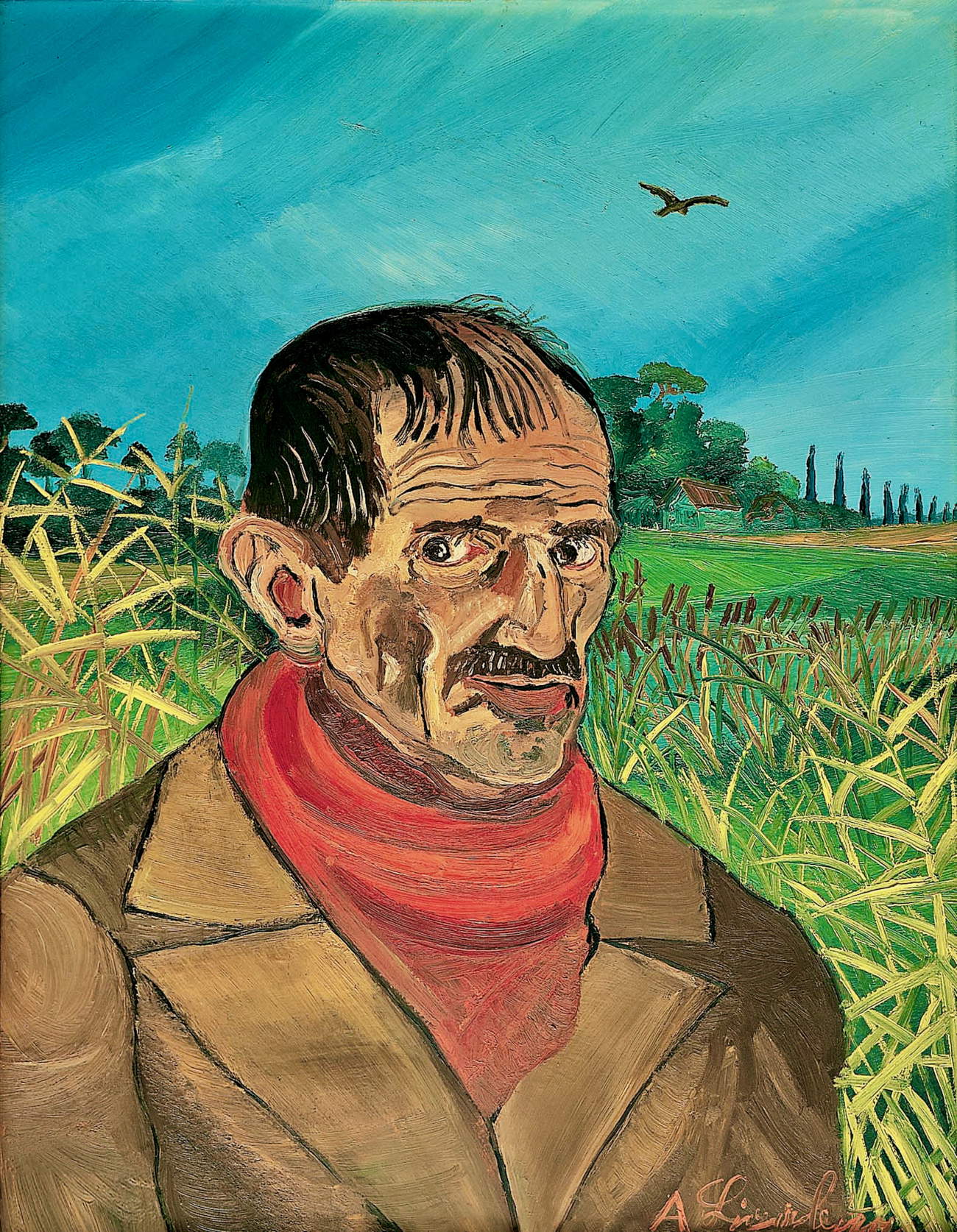

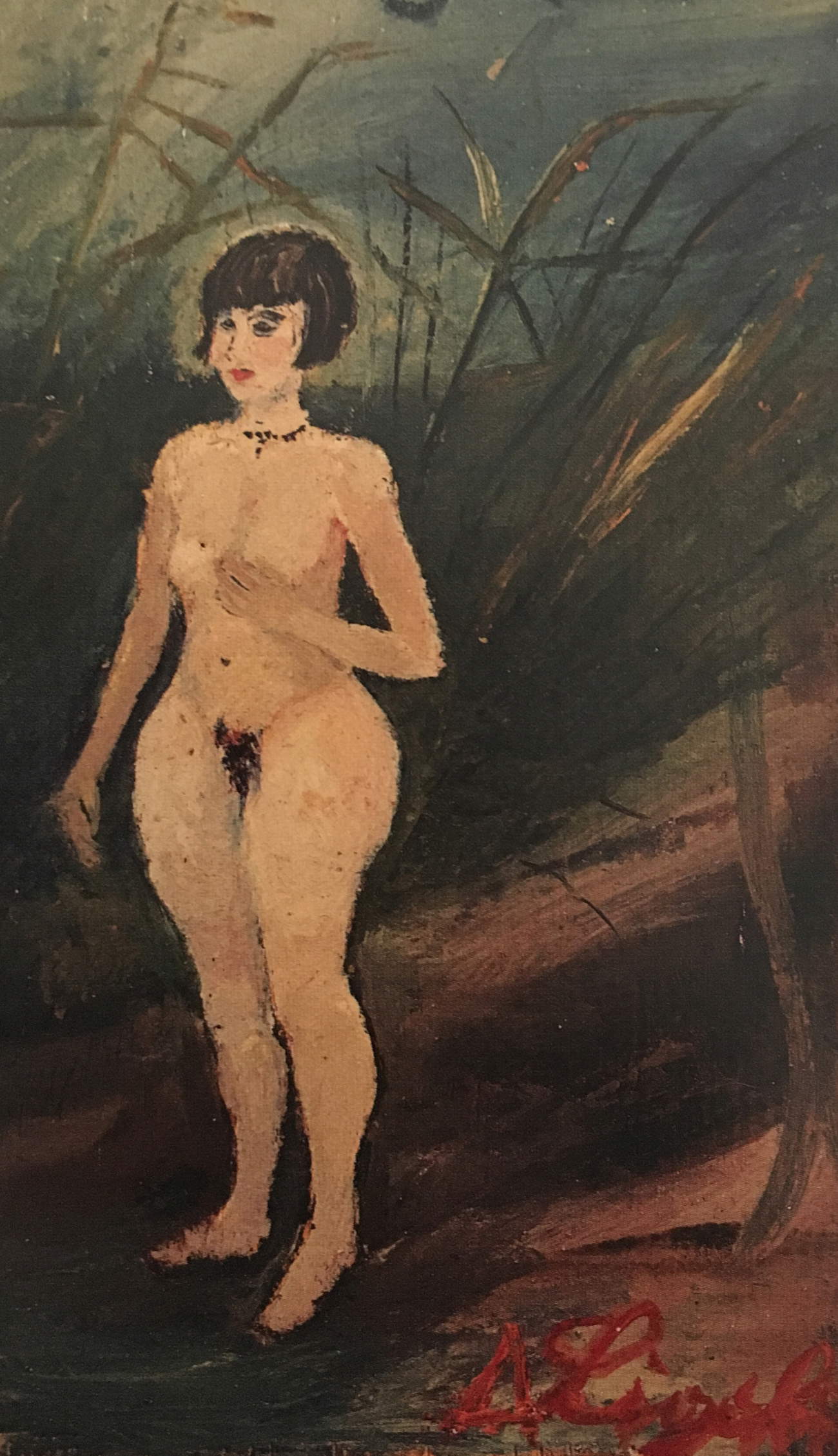
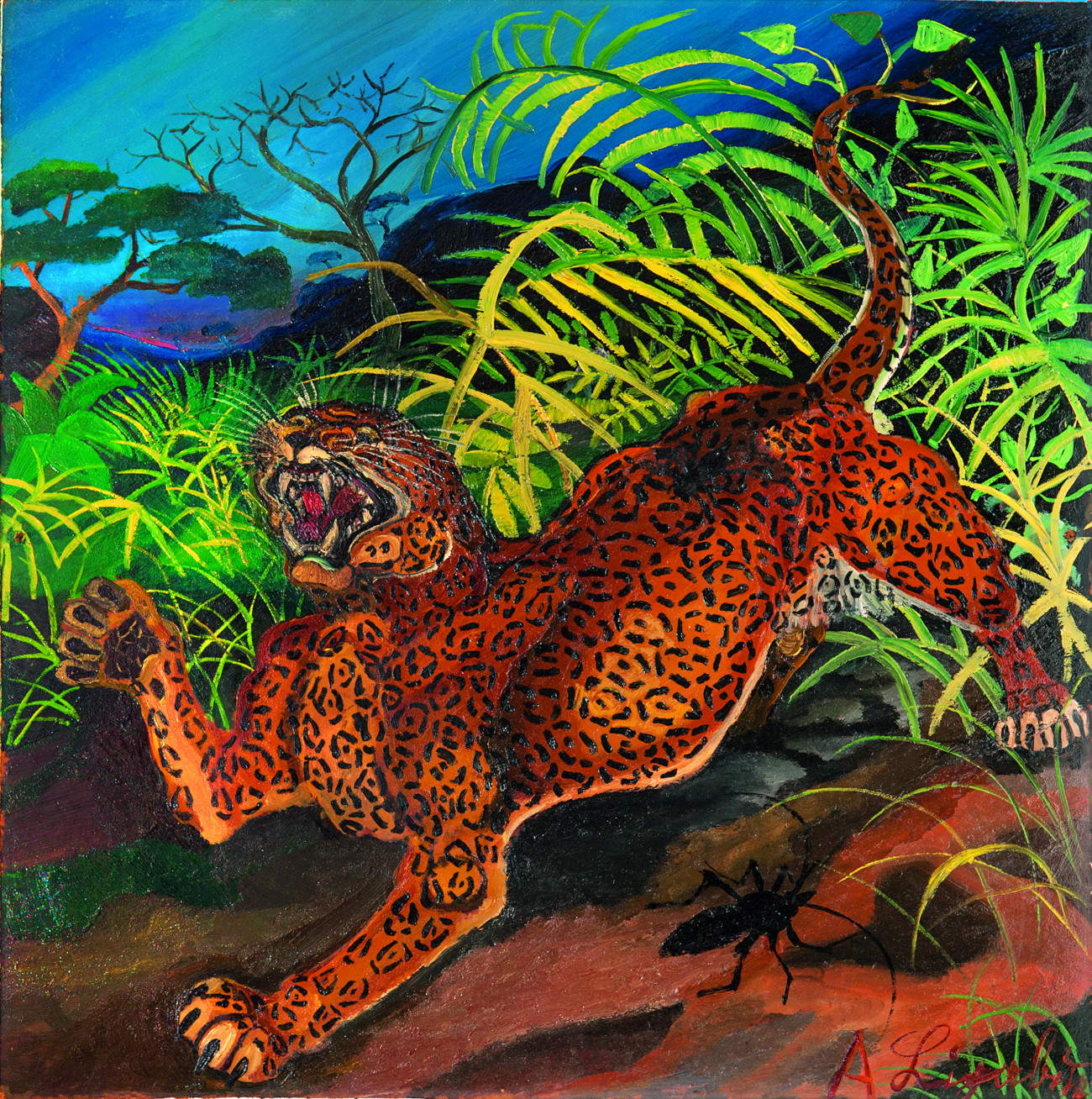
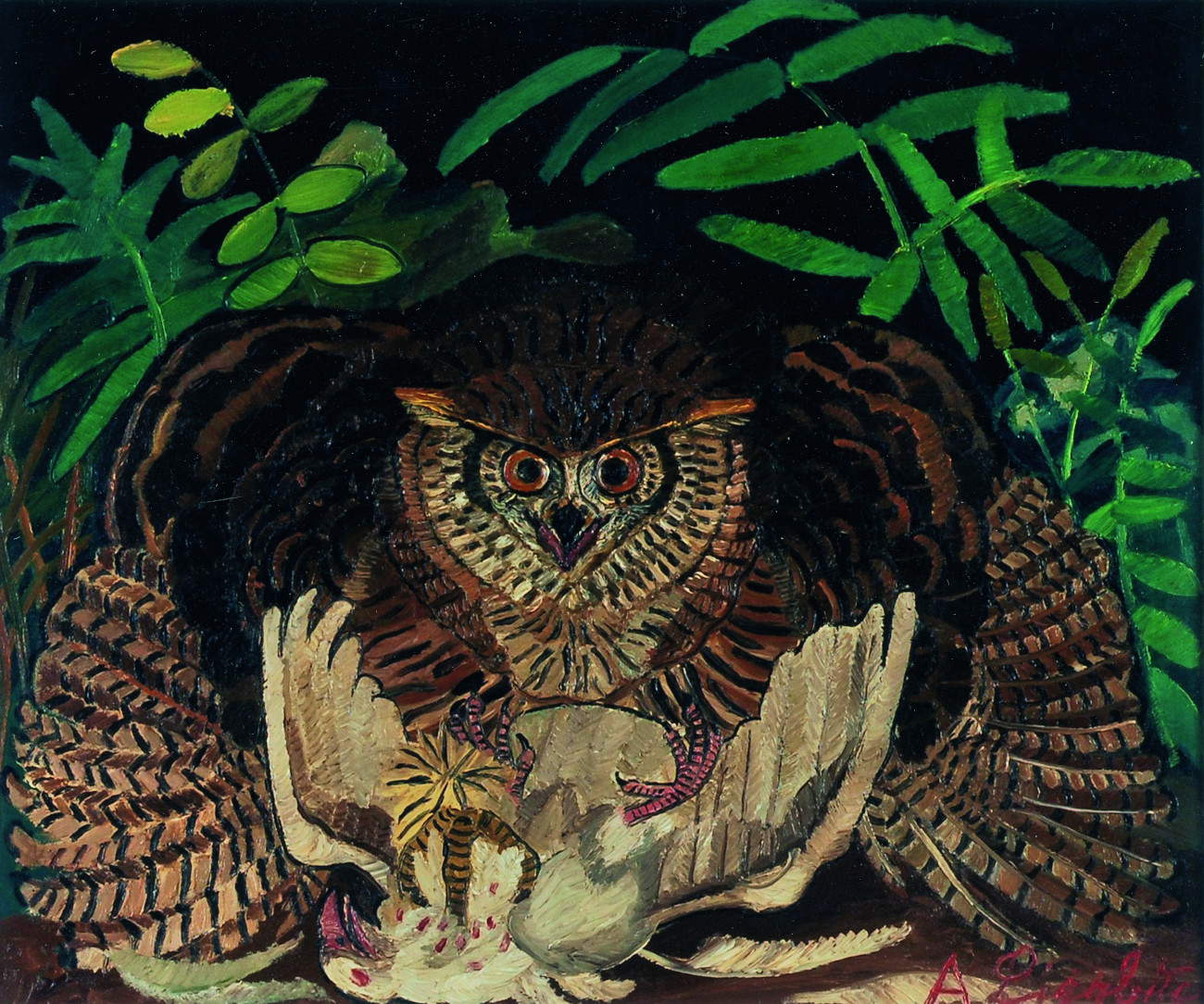
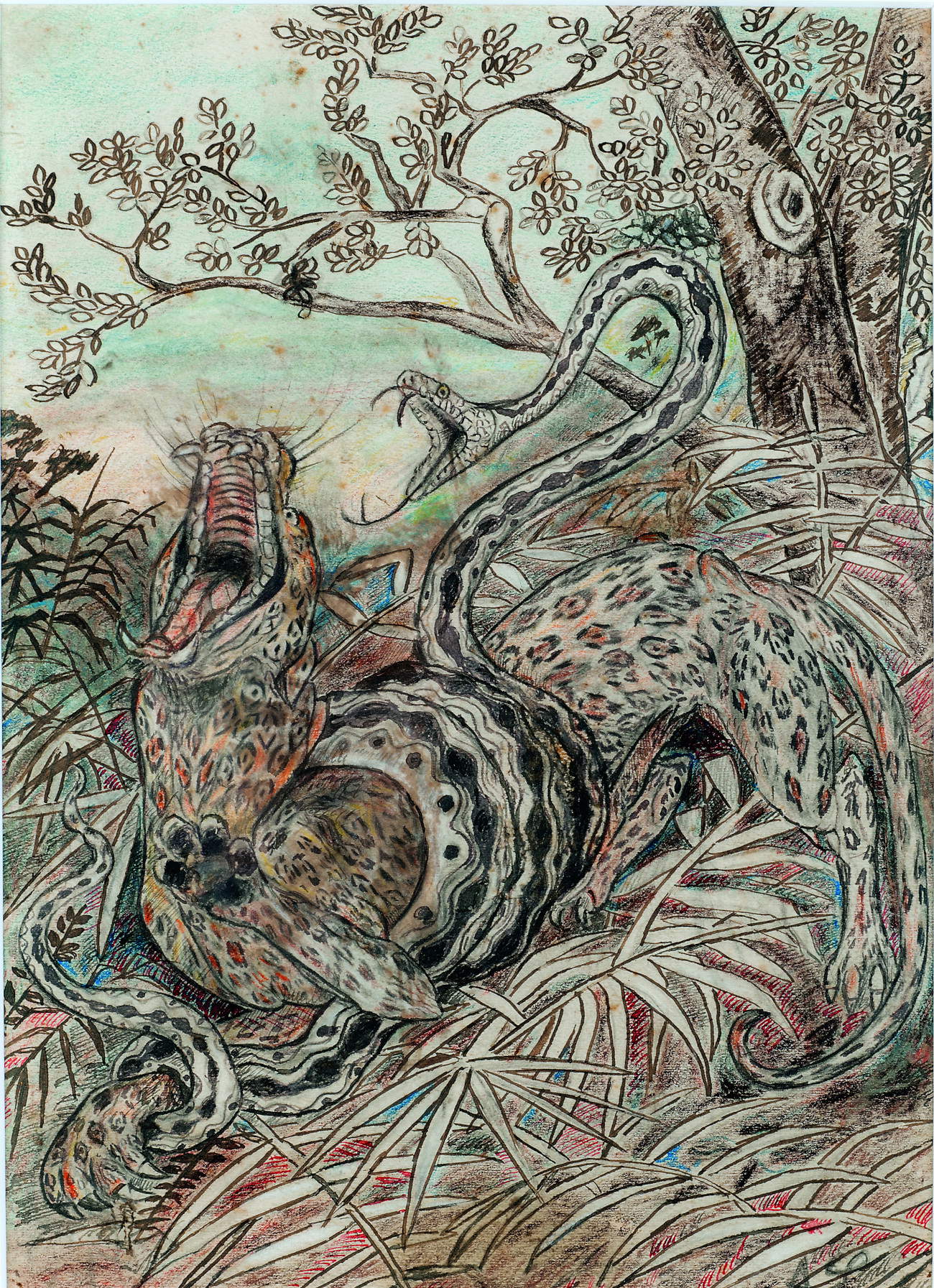
 |
| Antonio Ligabue in Bologna: a major anthological exhibition at Palazzo Albergati |
Warning: the translation into English of the original Italian article was created using automatic tools. We undertake to review all articles, but we do not guarantee the total absence of inaccuracies in the translation due to the program. You can find the original by clicking on the ITA button. If you find any mistake,please contact us.